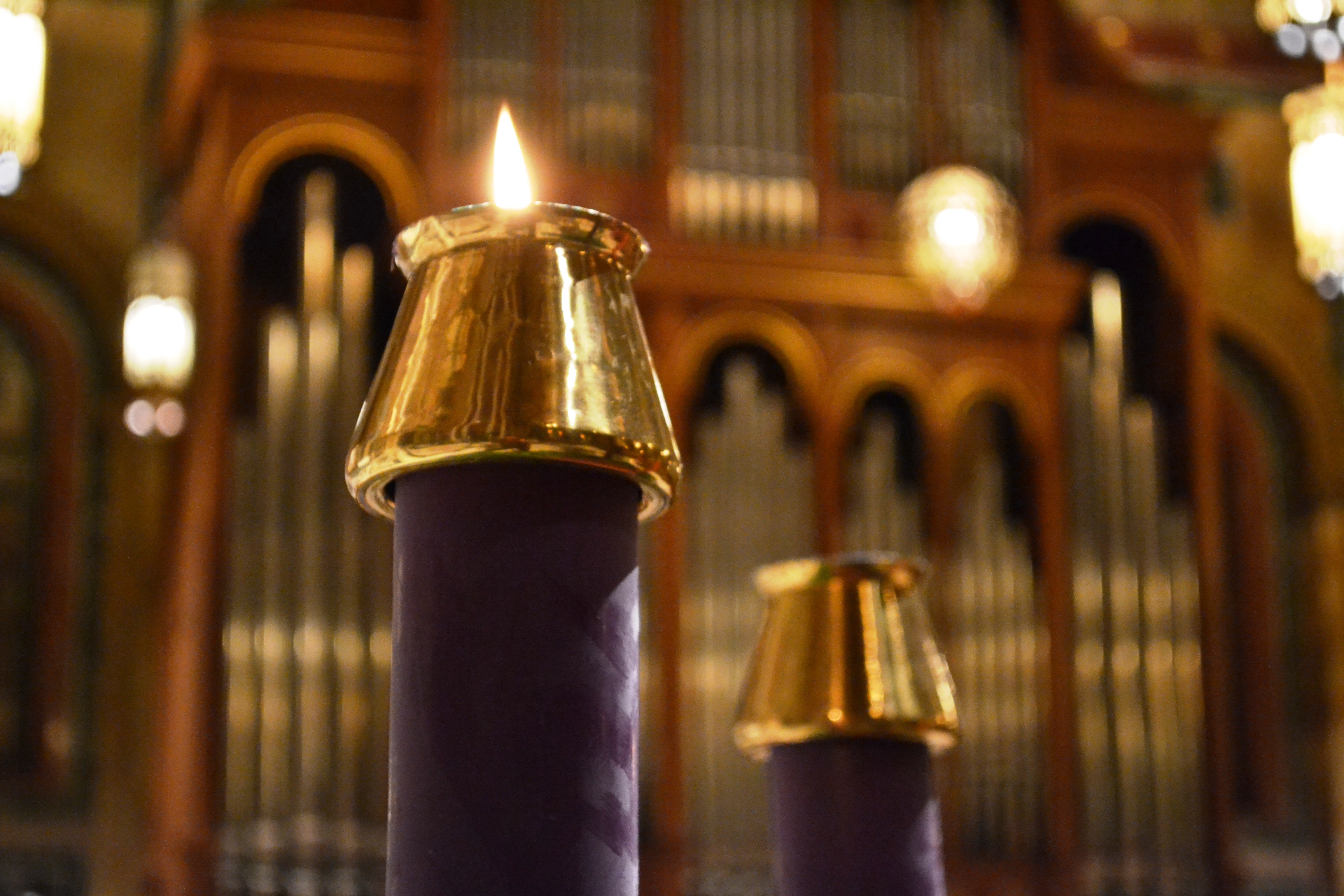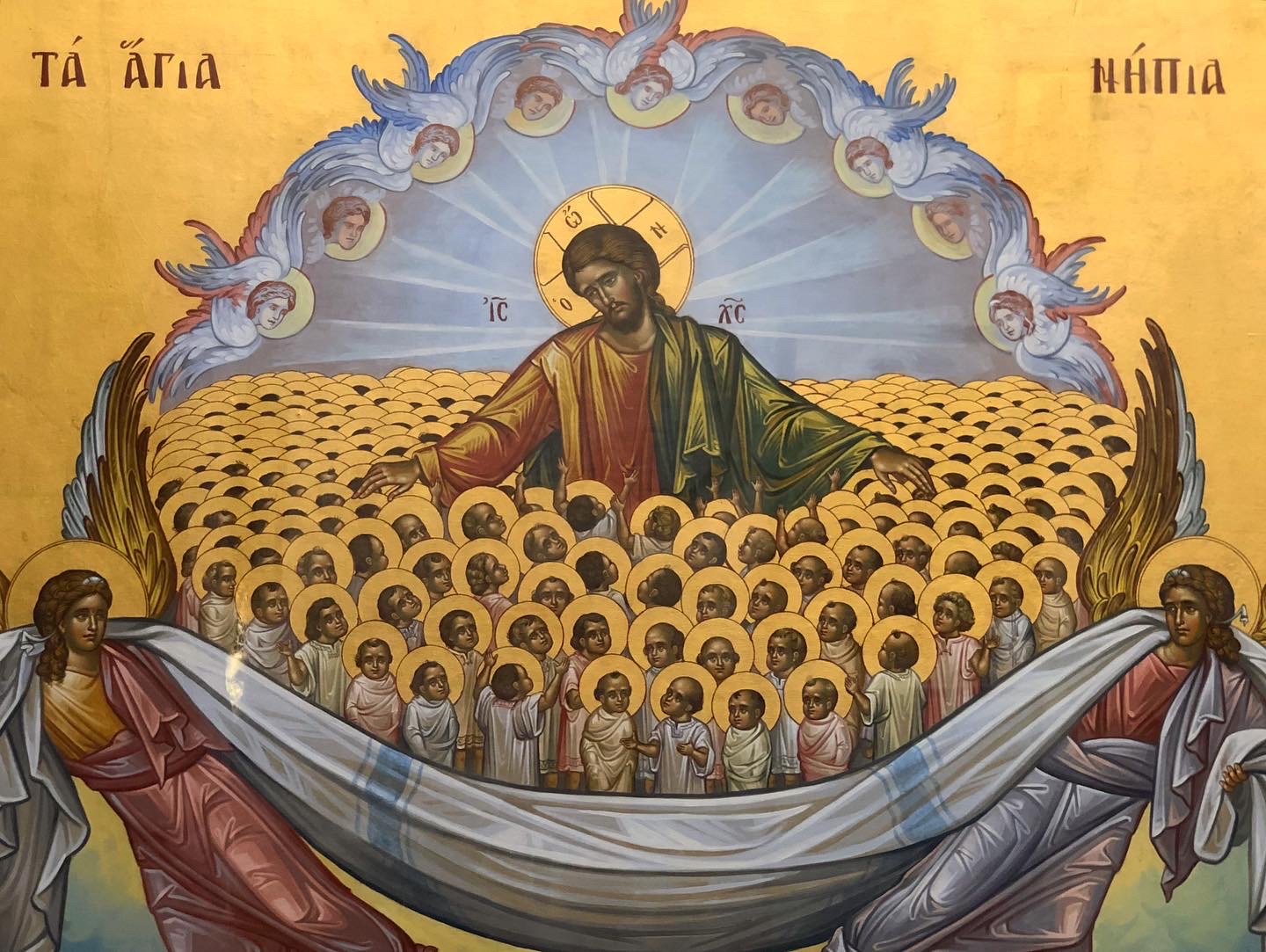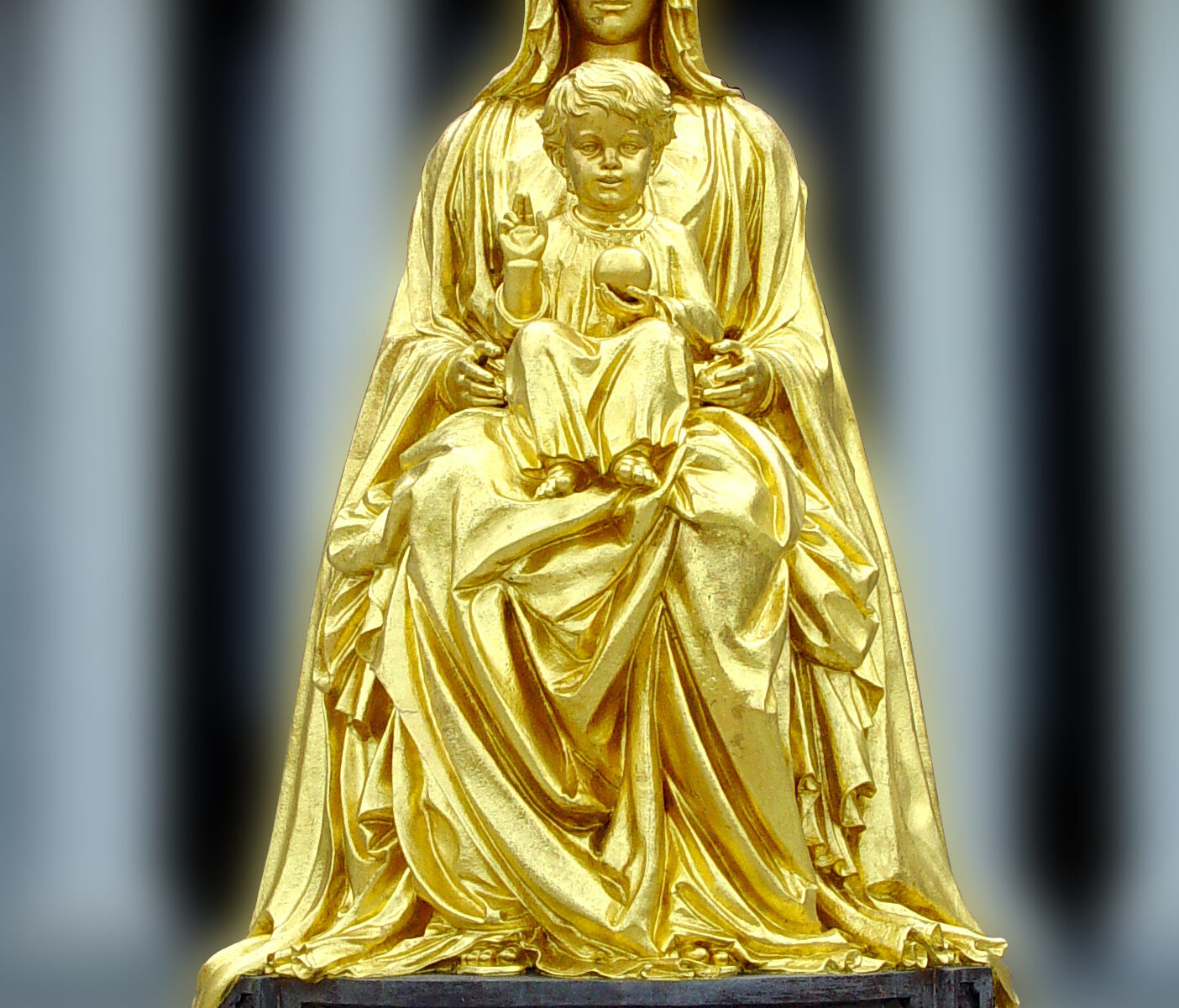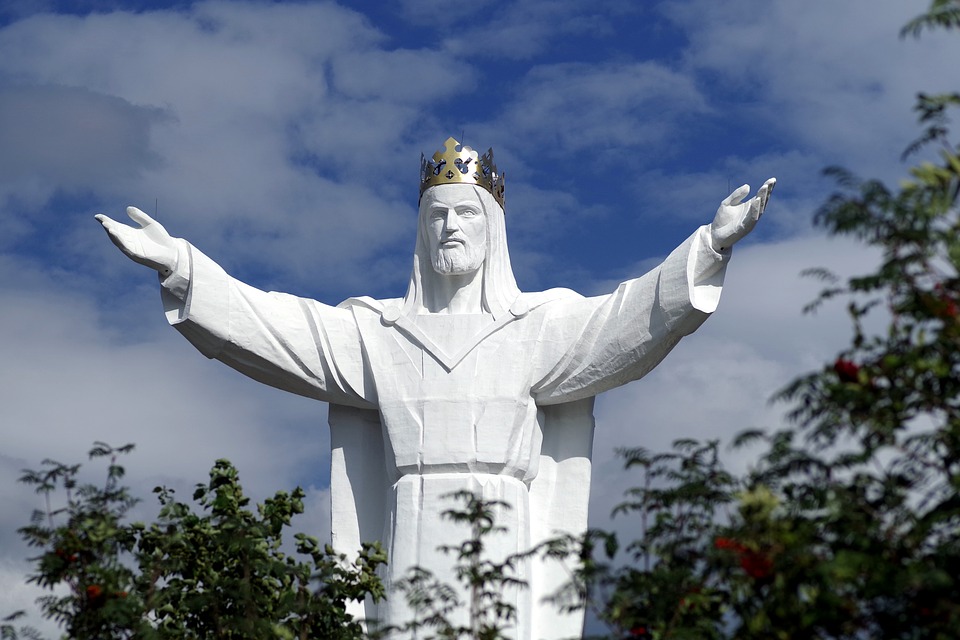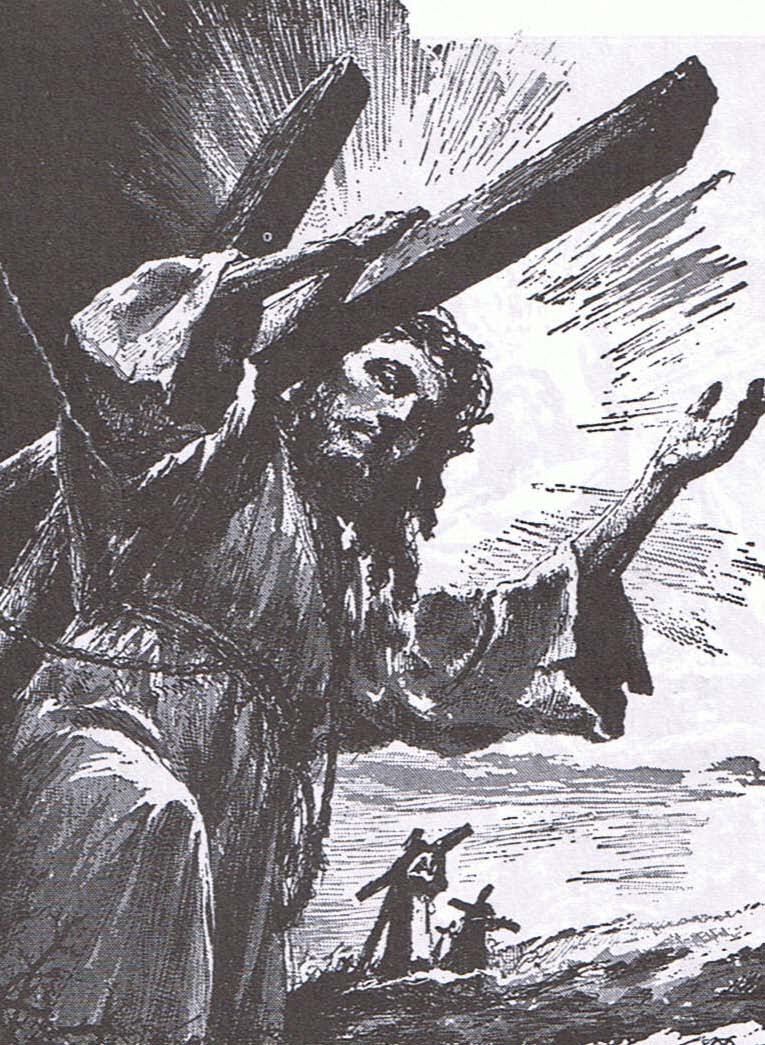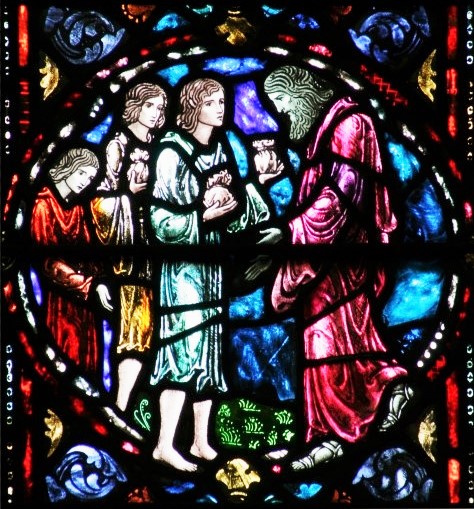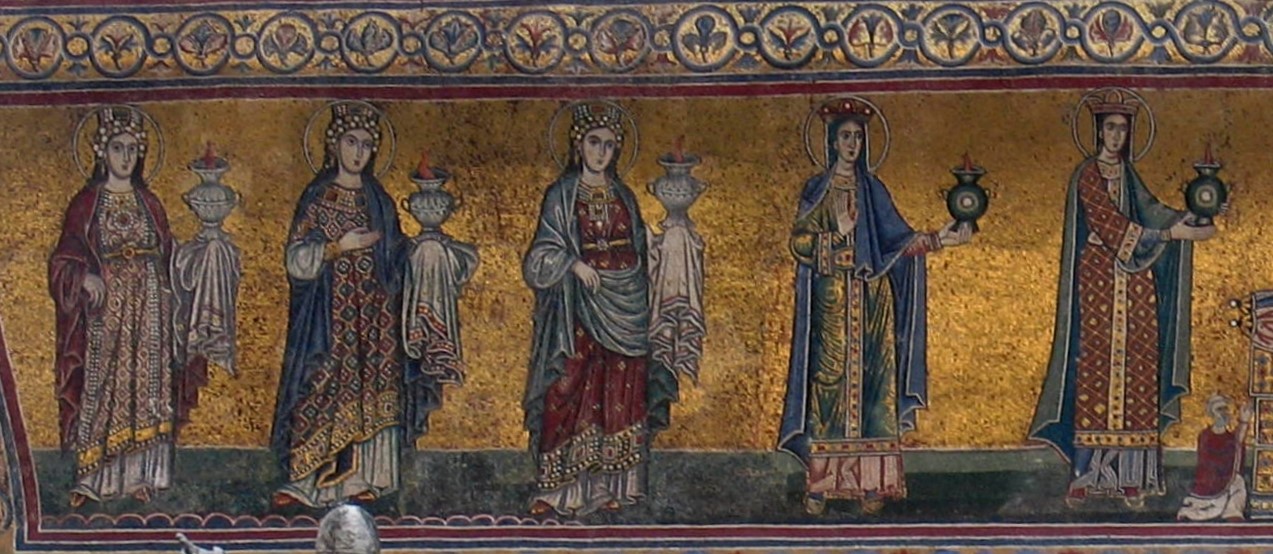The Sunday Gospel announces a critical Advent theme: While I want to comment primarily on the Reading from Isaiah, the Gospel admonition surely deserves some attention as well.
Too many today hold the unbiblical idea that most if not all people are going to Heaven. For weeks now we have been reading parables in the Gospels in which the Lord Jesus warns that many (possibly even most) are not headed for Heaven. There are the wise and the foolish virgins, the industrious and the lazy servants, and the sheep and the goats. Today’s Gospel features those who keep watch and those who do not.
Although many prefer to brush aside the teachings on judgment or the teaching that many will be lost, Jesus says, “Watch!” to all of us. In other words, we should watch out; we should be serious, sober, and prepared for death and judgment. We must realize that our choices in this life are leading somewhere.
Some try to tame, domesticate, and reinvent Jesus, but it is not this fake Jesus whom they will meet. They will meet the real Jesus, the Jesus who warns repeatedly of the reality of judgment and the strong possibility of Hell. The beginning of Advent is an especially important time to heed Jesus’ admonition and realize our need to be saved.
This leads us to the today’s first reading, from Isaiah, which rather thoroughly sets forth our need for a savior. Isaiah distinguishes five ailments which beset us and from which we need rescue. We are: drifting, demanding, depraved, disaffected, and depressed. In the end, Isaiah reminds us of our dignity. Let’s look at each of these ailments in turn and then ponder our dignity.
1. Drifting – The text says, Why [O Lord] do you let us wander from your ways, and harden our hearts so that we fear you not? Return for the sake of your servants, the tribes of your heritage.
It is a common human tendency to wander or drift gradually. It is relatively rare for someone to suddenly decide to reject God, especially if he was raised with some faith. Rather, what usually happens is that we just drift away, wander off course. It is like the captain of a ship who stops paying close attention. The boat drifts farther and farther off course. At first, no one notices, but the cumulative effect is that the boat is now headed in the wrong direction. The captain did not suddenly turn the wheel and shift 180 degrees; he just stopped paying attention and began to drift bit by bit.
So it is with some of us, who may wonder how we got so far off course. I talk with many people who have left the Church; many of them cannot point to a single incident or moment when they walked out of Church and said, “I’m never coming back.” More common is that they just gradually fell away from the practice of the faith. They missed Mass on Sunday here and there, and little by little, missing Mass became the norm. Maybe they moved to a new city and never got around to finding a parish. They just got disconnected and drifted away.
The thing about drifting is that the further off course you get, the harder it is to get back on course. It seems like an increasingly monumental task to make the changes necessary to get back on track. Thus Isaiah speaks of the heart of a drifter becoming hardened. Our bad habits become “hard” to break. As God seems more and more distant to us, we lose our holy fear and reverence for Him.
It is interesting how, in taking up our voice, Isaiah, “blames” God. Somehow it is “His fault” for letting us wander because He allows us to do it. It is true that God made us free and that is very serious about respecting our freedom. How else could we love God, if we were not free? Compelled love is not love at all.
What Isaiah is really getting at is that some of us are so far afield, so lost, that only God can find us and save us. And so we must depend on God being like a shepherd who seeks his lost sheep.
Thus, here is the first way that Isaiah sets forth our need for a Savior.
2. Demanding – The text says, Oh, that you would rend the heavens and come down, with the mountains quaking before you, while you wrought awesome deeds we could not hope for, such as they had not heard of from of old. No ear has ever heard, no eye ever seen, any God but you doing such deeds for those who wait for him.
There is a human tendency to demand signs and wonders. Our flesh demands to see, and when we do not, we are dismissive, even scoffing.
This tendency has reached a peak in our modern times when so many reject faith because it does not meet the demands of empirical science and a materialistic age. If something is not physical, not measurable by some human instrument, many reject its very existence. Never mind that many things that are very real (e.g., justice, fear) cannot be weighed on a scale. What most moderns are really doing is more specific: rejecting God and the demands of faith. “Because we cannot see Him with our eyes, He is not there. Therefore, we may do as we please.”
Isaiah gives voice to the human demand to see on our own terms. We demand signs and wonders before we will believe. It is almost as though we are saying to God, “Force me to believe in you” or “Make everything so certain that I don’t really have to walk by faith.”
Many of us look back to the miracles of the Scriptures and think, “If I saw that, I would believe.” But faith is not so simple. Many who did see miracles (e.g., the Hebrew people in the desert), saw but still gave way to doubt. Many who saw Jesus work miracles fled at the first sign of trouble or as soon as He said something that displeased them. Our flesh demands to see, but in the end, even after seeing we often refuse to believe.
Further, God does not usually do the “biggie-wow” things to impress us. Satan does overwhelm us in this way. God, however, is a quiet and persistent lover who respectfully and delicately works in us—if we let Him. It is Satan who roars at us with temptation, fear, and sheer volume, so that we are distracted and confused. More often, God is that still, small voice speaking in the depth of our heart.
Thus the Lord, speaking through Isaiah, warns us of this second ailment, the demand for signs and wonders. Our rebellious flesh pouts and draws back in resentful rebellion. We need a Savior, to give us a new heart and mind, attuned to the small still voice of God in a strident world.
3. Depraved – The text says, Would that you might meet us doing right, that we were mindful of you in our ways! Behold, you are angry, and we are sinful; all of us have become like unclean people.
The word depraved comes from the Latin pravitas, meaning crooked or deformed. It means to be lacking what we ought to have. Hence, the Lord (through Isaiah) here describes our deformed state in the following ways.
Unthinking – the text says that we are “unmindful” of God. Indeed, our minds are very weak. We can go for long periods so turned in on ourselves that we barely if ever think of God. Our thoughts are focused on things that are passing, while almost wholly forgetful of God and Heaven, which remain forever. It is so easy for our senseless minds to be darkened. Our culture has “kicked God to the curb.” There are even fewer reminders of Him today than there were in previous generations. We desperately need God to save us and to give us new minds. Come, Lord Jesus!
Unhappy – the text says of God “You are angry.” But we need to remember that the “wrath of God” is more in us than it is in God. God’s anger is His passion to set things right. God is not moody or prone to egotistical rage. More often than not, it is we who project our own unhappiness and anger upon God. The “wrath of God” is our experience of the total incompatibility of our sinful state with the holiness of God. God does not lose His temper or fly into a rage; He does not lose His serenity. It is we who are unhappy, angry, egotistical, and scornful. We need God to give us a new heart. Come, Lord Jesus!
Undistinguished – the text says, we are sinful; all of us have become like unclean people. We are called to be holy. That is, we are called to be “set apart,” distinguished from the sinful world around us. Too often, though, we are indistinguishable. We do not shine forth like a light in the darkness. We seem little different than the pagan world around us. We divorce, fornicate, fail to forgive, support abortion, contracept, and fail the poor in numbers indistinguishable from those who do not know God. We do not seem joyful, serene, or alive. We look like just like everyone else. Our main goal seems to be to fit in. Save us, O Lord, from our mediocrity and fear. Come, Lord Jesus!
4. Disaffected – The text says, There is none who calls upon your name, who rouses himself to cling to you; for you have hidden your face from us and have delivered us up to our guilt.
In other words, collectively speaking we have no passion for God. We get all worked up about politics, sports, the lottery, and television shows; but when it comes to God, many can barely rouse themselves to go to Mass, pray, or read Scripture. We seem to find time for everything but God.
Here, too, Isaiah gives voice to the human tendency to blame God. He says, God has hidden his face. But God has not moved. If you can’t see God, guess who turned away? If you’re not as close to God as you used to be, guess who moved?
Our heart and our priorities are out of whack. We need a savior to give us a new heart, a greater love, and better priorities and desires. Come, Lord Jesus!
5. Depressed – The text says, All our good deeds are like polluted rags; we have all withered like leaves, and our guilt carries us away like the wind.
One of the definitions of depression is anger turned inward. While Isaiah has given voice to our tendency to direct anger at and blame God, here he gives voice to another tendency of ours: turning in on ourselves.
Our good deeds are described as polluted rags. While they may be less than they could be, calling them polluted rags gives voice to our own frustration with our seemingly hopeless situation and our addiction to sin and injustice.
Ultimately, the devil wants us to diminish what little good we can find in ourselves. He wants us to be locked into a depressed and angry state. If we think there is no good in us at all, then we think “Why even bother?”
There is such a thing as unhealthy guilt (cf 2 Cor 7:10-11) and self-loathing that is not of God, but from the devil, our accuser. It may well be this that Isaiah articulates here. From such depressed self-loathing (masquerading as piety) we need a savior. Come, Lord Jesus!
So the cry has gone up: Come, Lord Jesus; save us, Savior of the world! We need a savior and Advent is a time to mediate on that need.
Isaiah ends on a final note that takes the song from the key of D minor to the key of D major.
Dignity – the text says, Yet, O LORD, you are our father; we are the clay and you the potter: we are all the work of your hands.
Yes, we are a mess, but a loveable one. God has so loved us that He sent His Son, who is not ashamed to call us brethren.
We are not forsaken. In Advent we call upon a Father who loves us. Our cry, Come, Lord Jesus, is heard and heeded by the Father, who loves us and is fashioning us into His very image. God is able and will fix and fashion us well. Help is on the way!

